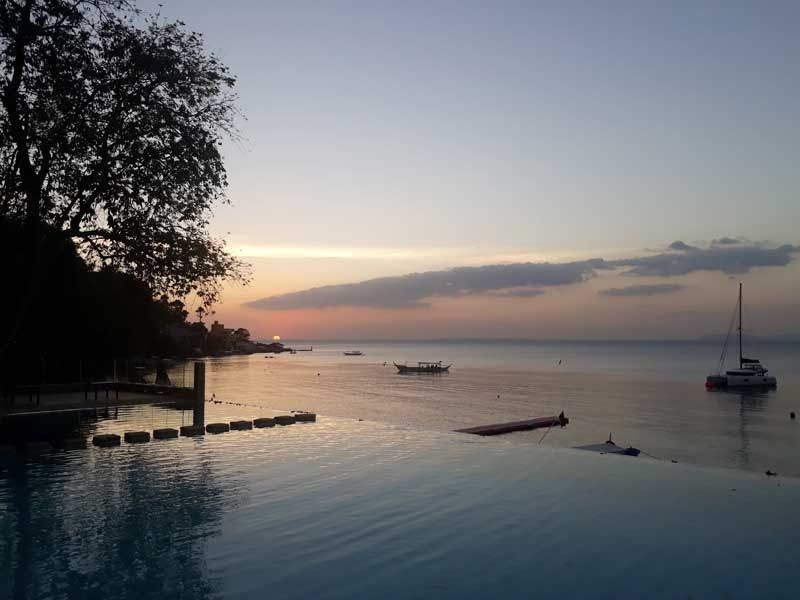Marine scientists express concern over Chinese activities in WPS

MANILA, Philippines — Visiting scientists from the California Academy of Sciences have sounded the alarm over dredging activities in the West Philippine Sea, as Chinese construction of artificial islets would likely damage coral reefs and inflict serious harm to the ecosystem.
Marine scientists Terrence Gosliner and Margaret Burke were in Verde Island Passage off Batangas last week for coral reef monitoring along with a team of local divers and volunteers as well as academy senior adviser Kent Carpenter, who had described the passage as “the center of the center of biodiversity.”
They were interviewed by media days before a case against China’s leaders was brought before the International Criminal Court by former Philippine government officials regarding destruction of the environment in West Philippine Sea, where the Philippines has territorial claims along with other countries including China.
The damage to reefs would be long term, according to Burke, because this would affect fish spawn and consequently, the catch of fishermen in the area.
The coral reef monitoring off Isla Verde on March 18 to 19 was in line with the declaration of the strait between Luzon and Mindoro as a marine protected area (MPA) last November, which is seen to benefit the fifth class municipality of nearby Tingloy Island.
The SEA Institute, funded by the Oscar M. Lopez Center for Climate Change and Resilient Communities, conducted the reef monitoring, and reported that during an earlier expedition around a hundred crown of thorns starfish were gathered from the waters off Tingloy. The COTS feed on algae on the reef and eventually damage the corals, depriving fish and other marine organisms of their natural habitat.
In March, the expedition noted the preying starfish were down to more than a handful, indicating healthier coral reefs in the newly declared MPA.
In an interview with multimedia, Gosliner, who has published academic papers on the sea slug whose many species can be located in the passage, said that what they are avoiding is for the divers’ haven of Mabini town and Anilao to turn into “another Boracay,” referring to the world class resort that was forced to shut down for six months for rehabilitation.
Gosliner also said that Filipinos should be proud that Verde Island Passage has been declared a marine protected area, but along with this comes the responsibility to keep it that way.
Carpenter noted that a “little less fishing might help” give the fish population a chance to recover. He reaffirmed that the corals found underneath the strait are the most diverse he’s seen anywhere in the world.
Burke for her part said education also is key, the reason why volunteers and research assistants come along during the regular expeditions to monitor, aside from the reefs and fishes, the trash in the sea and surrounding shores. She said setting up artificial coral reefs is not feasible as these may also break up and the runoff sediments likely to harm marine life.
The various islets along the passage, including Isla Verde and Sombrero Island, serve as sheltering cove for ships and other passing vessels during typhoon and inclement weather, and the irresponsible dropping of anchor could damage corals in the area.
Also this March, the SEA Institute launched the women’s livelihood center Paghahabi ng Pagtutulungan in Barangay San Teodoro, Mabini town. The 30-plus member cooperative led by former overseas worker Carol Veloso makes tote bags, purses, various gewgaws out of sachets and plastic bottles among other disposables, using several sewing machines. – JYA
- Latest






























